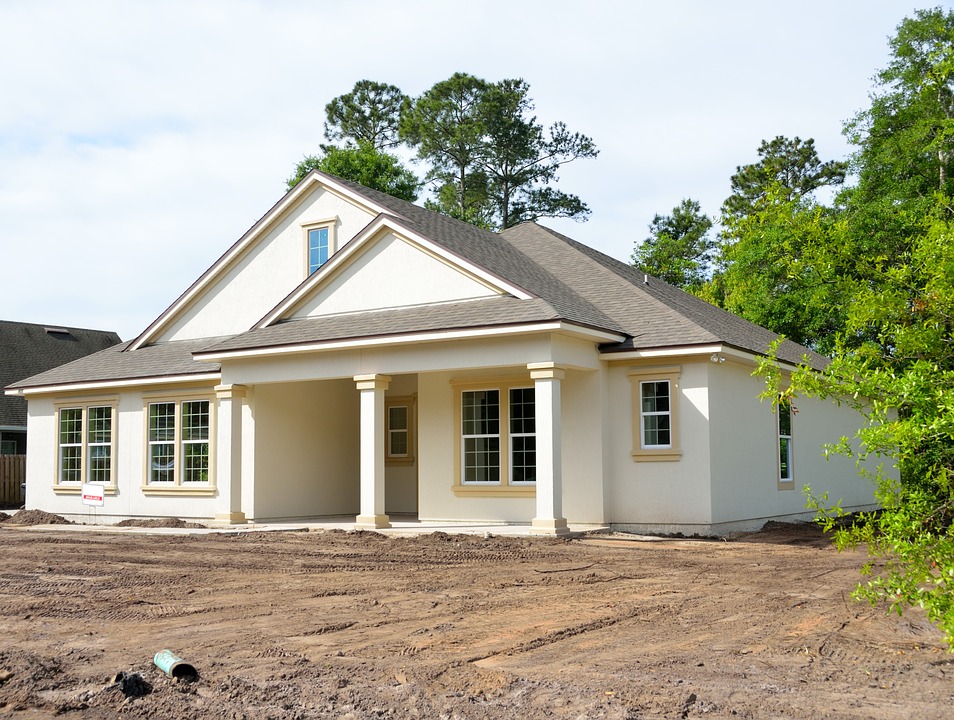Your home is the most important asset that you have. It keeps a roof over your head and gives you somewhere safe to be. Your home can be used to reflect your personality, and it’s where you welcome your friends and family too. Protecting your home is vital if you don’t want to have to deal with any problems, such as break-ins, fires, or even plumbing issues. Being proactive is the best thing that you can do because it will help to prevent things from happening, rather than leaving you to pick up the pieces if something does go wrong.
So what steps can you take to protect your home and ensure you’re prepared to deal with any issues that might occur?

Take Out Home Insurance
One of the biggest things that you have to deal with if your home experiences any problems is the cost of putting things right. Making repairs or replacing items can be costly and, even if you have savings, it’s not always easy to pay for everything. Taking out home insurance is one of the best things that you can do to help protect your home. It will help you out if various events happen, such as a fire or a break-in. When you’re looking for a policy, make sure you check what it covers. Some may not cover flooding, for example, and you’ll need to take out a separate policy to protect your home against it.
Protect Against Breakages and Breakdowns
While something like a fire or a break-in could possibly happen, there are other things that are pretty much guaranteed to happen around your home. Breakdowns and breakages of various appliances or systems in your home, such as the plumbing and electricity, are common. You might not know when they will occur, but you can predict that something will likely go wrong at some point. That’s where a home warranty can protect you and cover your costs. It will help to pay for some of the things that home insurance can’t help you with. It can help you to save money and give you peace of mind too.
Improve Security
People breaking into your home can result in damage to your property and the theft of your things. You need to keep your home secure if you want to prevent break-ins and burglaries. You can do this in many ways, starting with making sure your windows and doors are as secure as possible. You can also install good security lighting outside of your home, have CCTV cameras, install an alarm system, and more. Even your landscaping can help to make your home more secure by ensuring there’s nowhere for anyone to hide.

Prevent Fires
A fire in your home can be devastating. Even a small fire can do a lot of expensive damage, and it can be pretty scary too. But you can take a number of steps that will help to prevent fires in your home. Firstly, make sure that the electrical wiring in your home is safe. Poor or outdated wiring can lead to electrical fires. You should have at least one smoke alarm in your home, as well as items such as a fire blanket and fire extinguisher. These things will allow you to put out small fires quickly so they don’t spread. Be vigilant about open flames too, including candles.
Weatherproof Your Home
Your home can suffer damage caused by the weather, especially if you live somewhere that gets high winds, flooding, or a lot of snow and ice. Weatherproofing your home should allow you to prevent a lot of the damage that could be caused by extreme weather. Start with an annual inspection of your roof to look for any damage that needs to be prepared. Check the caulking around windows and door frames to ensure everything is sealed properly and moisture can’t get into your home.
Carry Out Regular Maintenance
Regular home maintenance is a key part of protecting your home. If you check for problems on a regular basis, you can pick up on any issues before they become more expensive and difficult to repair. A simple repair can often be quick and cheap to carry out, so it’s better to take care of it as soon as you can. You can also do things like have appliances serviced each year to tune them up and keep them running.
Protect your home by taking preventative measures that will help you to avoid a range of different issues.








